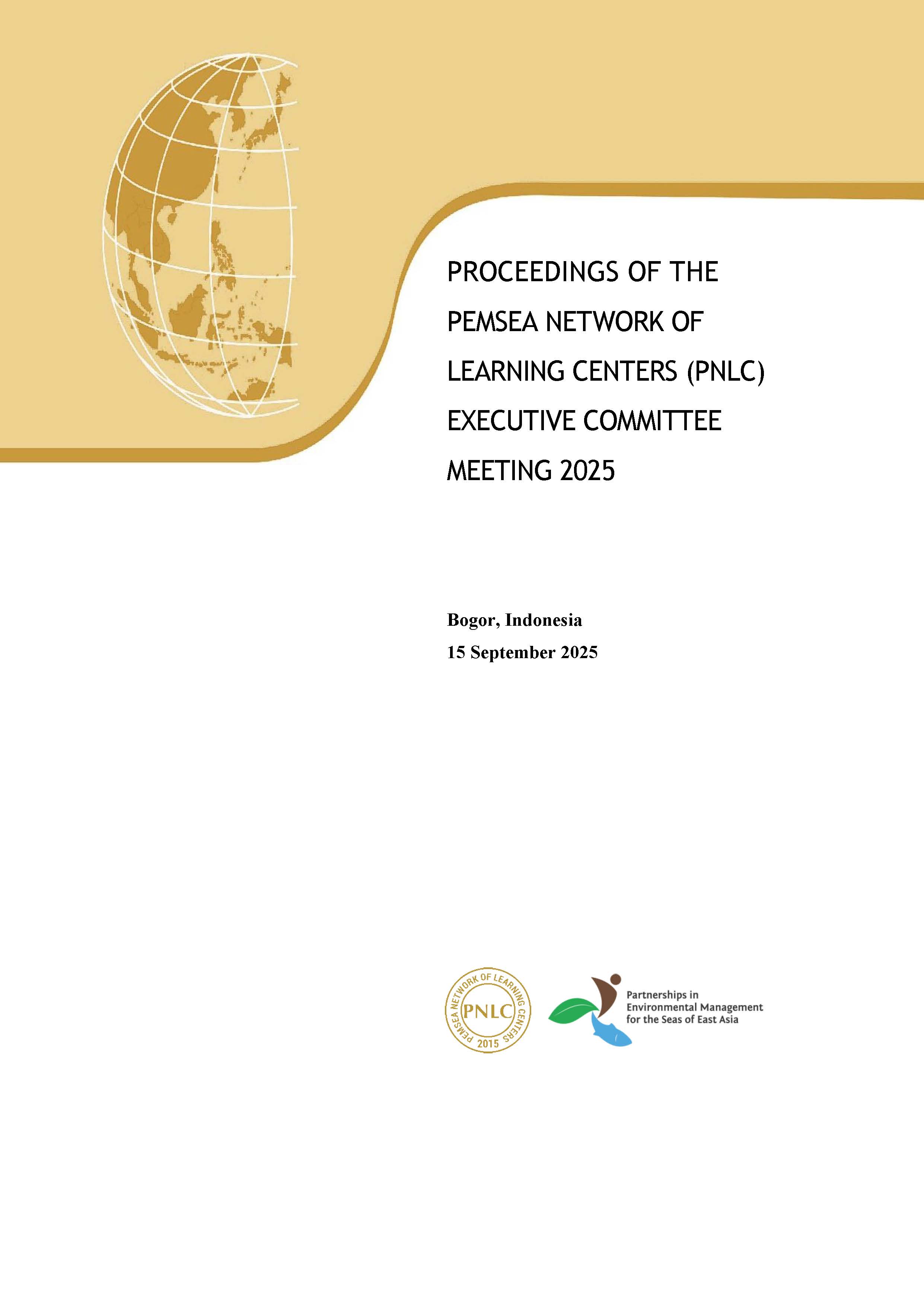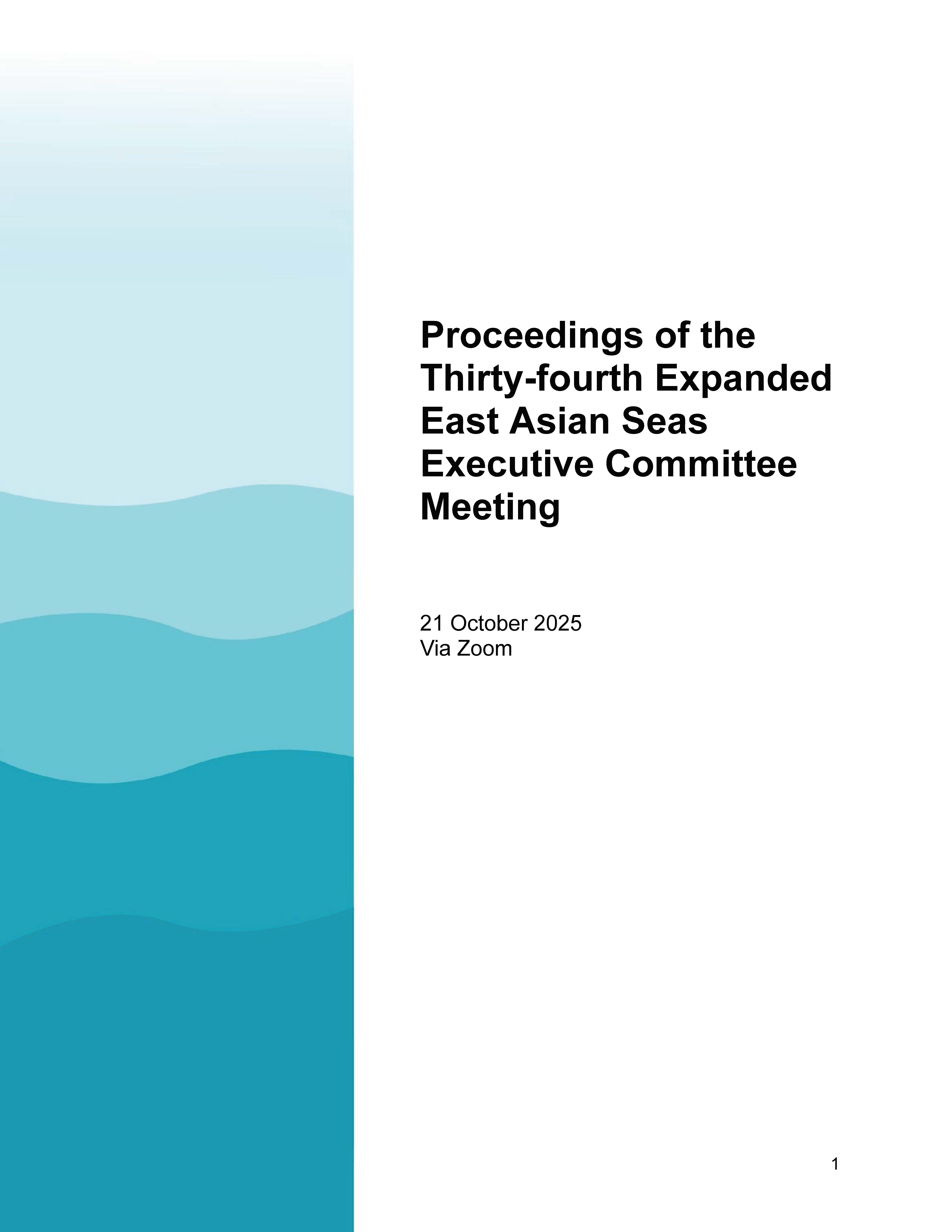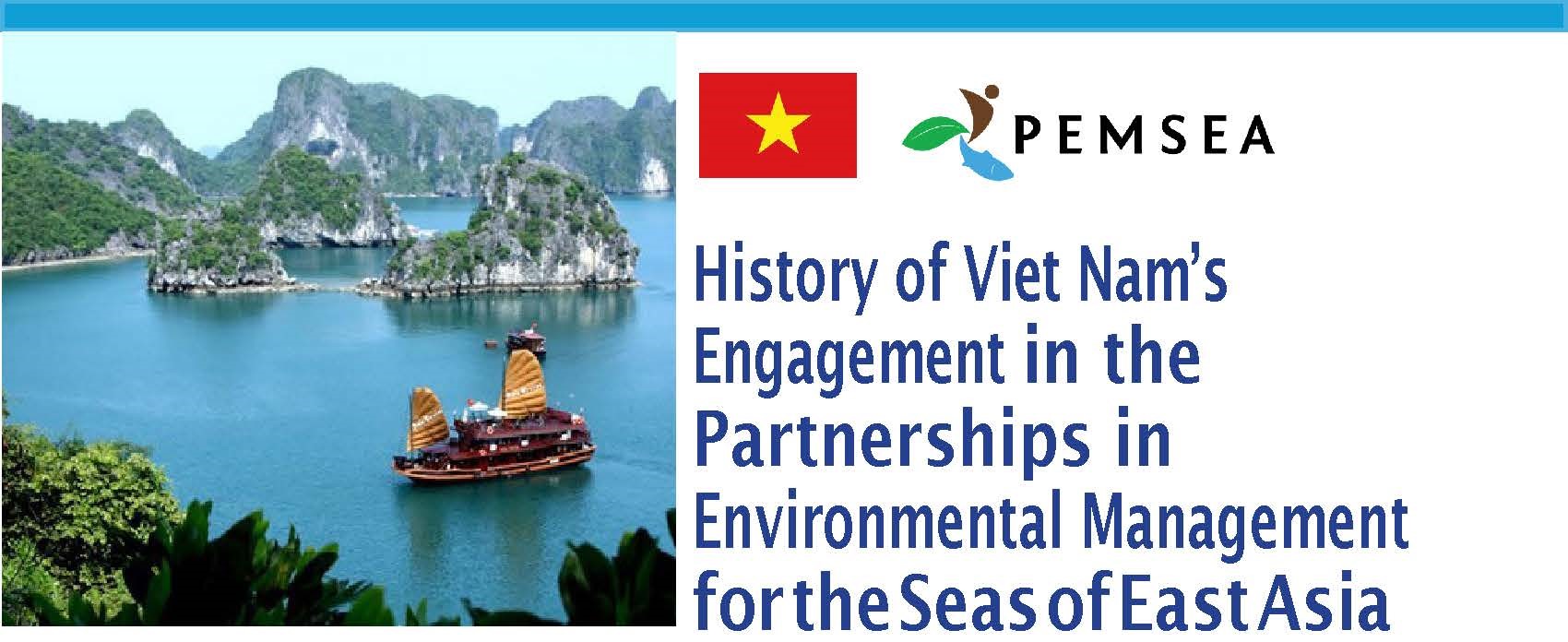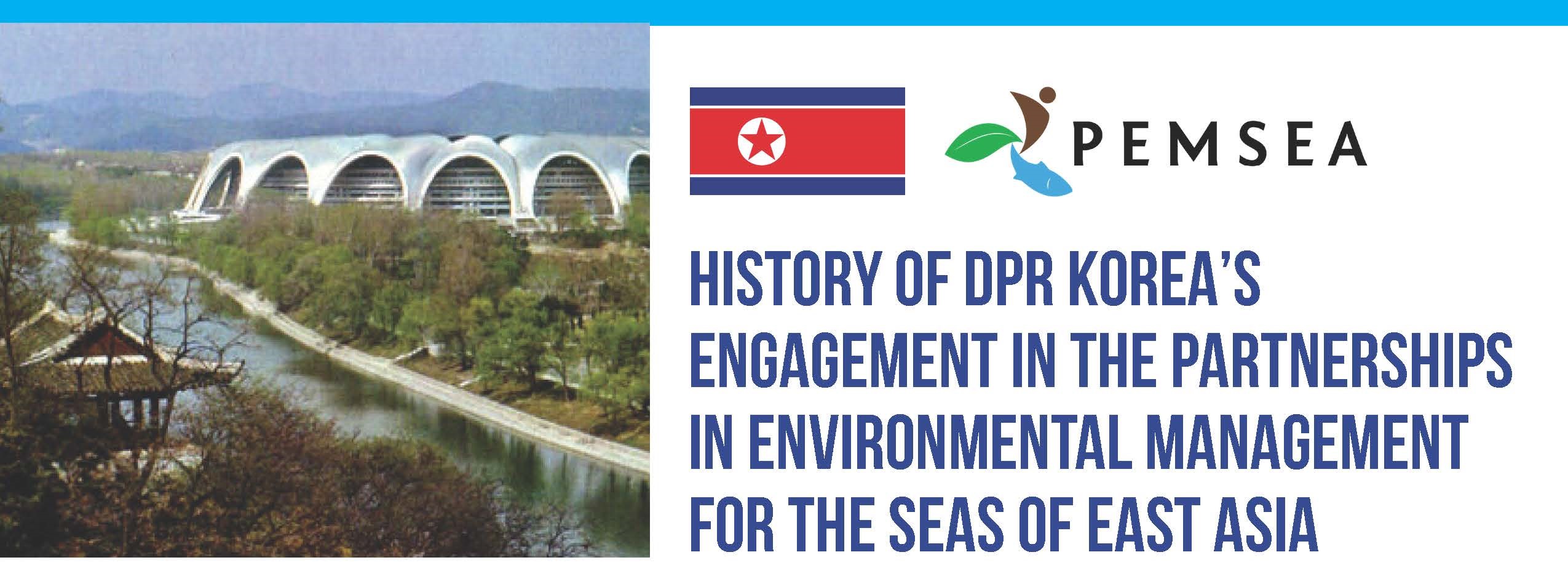
Breadcrumb
Jiulong River-Xiamen Bay Ecosystem Management Strategic Action Plan
PUBLICATION DATE:
Sunday, July 01, 2012
PUBLICATION TYPE:
Reports
STATUS:
Only Available Online
DESCRIPTION:
The objective of the Ecosystem-based Jiulong River and Xiamen Bay Management Strategic Action Plan (JXSAP) is to establish a trans-jurisdictional Jiulong River and Xiamen Bay ecosystem management framework involving the city of Xiamen, Zhangzhou and Longyan. Based on an ecosystem approach, the JXSAP has identified and analyzed key environmental problems, developed a Jiulong River–Xiamen Bay pollution mitigation plan, ecological conservation and management plan and a monitoring program. Jiulong River is the second longest river in Fujian Province, a major source of pollutants to Xiamen Bay as well. In recognition of the environmental impact of upstream pollution, the Fujian Provincial Government approved a comprehensive water pollution and ecosystem rehabilitation project in 1999, which involved adoption of a number of policies and regulations on water pollution prevention and treatment and investment. Given the complexity of the river basin itself and the socioeconomic pressures from continued growth, the trans-jurisdictional ecological and environmental problems from the river basin to estuary remain unabated. From 1994 to 1998, the Xiamen Municipal government resolved sea use conflicts and coastal environmental pollution through an integrated coastal management (ICM) approach, including innovative legislation and institution arrangements, coordination by the municipal government, scientific support, joint law enforcement and public participation, with the assistance of the GEF/UNDP/IMO Regional Programme for the Prevention and Management of Marine Pollution in the East Asian Seas project. Based on the lessons learned from the water pollution and ecosystem rehabilitation project, and the success of the integrated approach to addressing environmental pollution and sea use conflicts, Xiamen began to scale up its ICM program. The up scaling involved integrating pollution control, ecosystem-based river basin management and Xiamen Bay management into a regional economic development initiative involving downstream and upstream cities. In 2004, Xiamen, Quanzhou and Zhangzhou established the City Alliance, an initiative among the three major cities in southeast Fujian to promote regional economic development. Longyan, a city at the upstream of Jiulong River, north of Zhangzhou City, became a member as well. While economic development topped the agenda of the Alliance, conservation of the water environment of offshore areas and maintenance of ecosystem services of Jiulong River were important elements proposed by the Municipal Government of Xiamen. During the implementation of the second phase of the Partnerships in Environmental Management for the Seas of East Asia (PEMSEA), the Xiamen Municipal Government developed and adopted an ICM Strategic Action Plan in 2005. Integral to the plan were: (a) strengthening the ICM program and the ICM coordinating mechanism; (b) establishing a regional coordinating mechanism and integrated land and coastal area management mechanism; (c) creating an integrated Jiulong River management coordination committee between Xiamen, Zhangzhou and Longyan; (d) establishing an integrated Jiulong River Management Action Plan; and (e) setting up an integrated Jiulong River Management financial mechanism. With the approval of the West Taiwan Strait Economic Zone in 2009, the incorporation of the integrated Jiulong River and Xiamen Bay management plan into the State economic development strategy gained further momentum. Under this framework, the Xiamen Ocean and Fishery Bureau commissioned a joint study by the Third Institute of Oceanography of the State Oceanic Administration (SOA) of China and Xiamen University to develop a strategic action plan for an ecosystem-based Jiulong River and Xiamen Bay management. The process involved field surveys, interviews with local communities and staff from the sectors of ocean, environment, agriculture and forestry of the three cities, collection of socioeconomic and ecological environment data, desk review of available management plans and management options, and data analysis. SOA and the National Oceanic and Atmospheric Administration (NOAA) of the United States provided generous support to the project team in scoping, problem analysis, and sharing of lessons from other river basins, in particular the Chesapeake Bay, through their experts. The objective of the Ecosystem-based Jiulong River and Xiamen Bay Management Strategic Action Plan (JXSAP) is to establish a trans-jurisdictional Jiulong River and Xiamen Bay ecosystem management framework involving the city of Xiamen, Zhangzhou and Longyan. Based on an ecosystem approach, the JXSAP has identified and analyzed key environmental problems, developed a Jiulong River–Xiamen Bay pollution mitigation plan, ecological conservation and management plan and a monitoring program. The ultimate aims of the plans are to enhance the management capacity of Jiulong River and Xiamen Bay, relieve pressure of Jiulong River on Xiamen Bay and ensure river-bay ecological safety. There is no doubt that implementation of the action plan will be advantageous to raising awareness of various stakeholder groups, promoting environment education of the public, establishing sustainable financing mechanisms between the river basin and the bay area, enhancing the coordination capacity between upstream and downstream cities and, ultimately, managing a living river basin and bay that can meet the needs of the present and future generations in the area.
RELATED PUBLICATIONS
PEMSEA NETWORK OF LEARNING CENTERS (PNLC) 2025 Executive Committee Meeting Proceedings
The 2025 PNLC Executive Committee (PNLC EC) Meeting was organized by PNLC Secretariat on 15 September 2025 in Bogor, Indonesia. It was participated by Prof. Yonvitner of the Center for Coastal and Marine Resources Studies of the IPB University (CCMRS-IPB) and President of the PNLC, Dr. Fang Qinhua, Deputy Director of the Coastal and Ocean Management Institute of Xiamen University (COMI-XU) and Vice-President of the PNLC, and Ms. Aimee T. Gonzales, PEMSEA Resource Facility (PRF) Executive Director as members of the PNLC Executive Committee. Ms. Isdahartatie PNLC secretariat Coordinator/ CCMRS-IPB University, Ms. Nancy Bermas from PRF, Francesca Cortez (PRF Secretariat Assistant) and Lusita Meilana, PNLC Secretariat staff. The meeting was chaired by Prof. Yonvitner. Ms. Isdahartati served as the Secretariat of the meeting.
The following supporting documents are annexed to these proceedings:
- Annex 1: Meeting Agenda / Program
- Annex 2: Links to the meeting documents, presentation and photos
- Annex 3: List of participants
Proceedings of the Thirty-fourth Expanded East Asian Seas Executive Committee Meeting
The Expanded East Asian Seas (EAS) Executive Committee convened its 34th Executive Committee Meeting on 21 October 2025 online via Zoom. The meeting was attended by EAS Partnership Council Chair Attorney Jonas Leones; Intergovernmental Session Chair Mr. Le Dai Thang; Intergovernmental Session Co-Chair Dr. Xinwei Yu; Technical Session Chair Dr. Suk-Jae Kwon; and Technical Session Co-Chair Dr. Wakita Kazumi. The PEMSEA Resource Facility (PRF), led by Executive Director (ED) Ms. Aimee T. Gonzales, served as Secretariat to the meeting. PEMSEA Country Partners in attendance included national focal points and representatives from Cambodia, China, Indonesia, Japan, Lao PDR, the Philippines, the Republic of Korea, Singapore, Timor-Leste, and Viet Nam. Non-Country Partners present included representatives from the ASEAN Centre for Biodiversity, Ipieca GISEA, Oil Spill Response Limited, National Marine Hazard Mitigation Service, International Center for Environmental Management of Enclosed Coastal Seas (EMECS), PEMSEA Network of Local Governments, and Korea Institute of Ocean Science & Technology, among others. Online observers included staff from the PEMSEA Resource Facility and UNDP.
History of Timor Leste's engagement in PEMSEA
Since joining PEMSEA in 2006 through the signing of the Haikou Partnership Agreement, Timor-Leste has made remarkable progress in advancing sustainable coastal and ocean governance under the Sustainable Development Strategy for the Seas of East Asia (SDS-SEA). Over the years, the country has implemented Integrated Coastal Management (ICM) programs in key municipalities, developed national ocean and coastal policies, and strengthened inter-agency collaboration for marine protection and livelihood enhancement. Through its participation in regional initiatives such as ATSEA and the Marine Plastics ODA Project, Timor-Leste continues to demonstrate strong commitment to ecosystem-based management, blue economy development, and regional cooperation for healthy and resilient seas.
History of Viet Nam's engagement in PEMSEA
Since 1993, Viet Nam has been an active partner in advancing sustainable coastal and ocean governance in the East Asian Seas through PEMSEA. From pioneering Integrated Coastal Management (ICM) in Da Nang to establishing the Viet Nam Administration of Seas and Islands (VASI), the country has institutionalized ICM in national policy and legislation while fostering regional cooperation through leadership roles in PEMSEA bodies and ministerial forums. Viet Nam’s consistent participation in key initiatives and adoption of major regional declarations underscore its strong commitment to blue economy development, marine ecosystem protection, and the long-term implementation of the Sustainable Development Strategy for the Seas of East Asia (SDS-SEA).
History of DPR Korea's Engagement in PEMSEA
Since joining the regional GEF/UNDP/IMO Marine Pollution Prevention in the East Asian Seas (MPP-EAS) project, the DPR Korea has actively advanced Integrated Coastal Management (ICM) through the establishment of the Nampho demonstration site and the National ICM Training Center at Kim Il Sung University. The country has consistently participated in key regional forums, including the East Asian Seas Congresses and Ministerial Forums, adopting major regional declarations and frameworks such as the SDS-SEA and Manila Declaration. Its engagement reflects a sustained commitment to regional cooperation, marine pollution prevention, and sustainable coastal development under PEMSEA.





